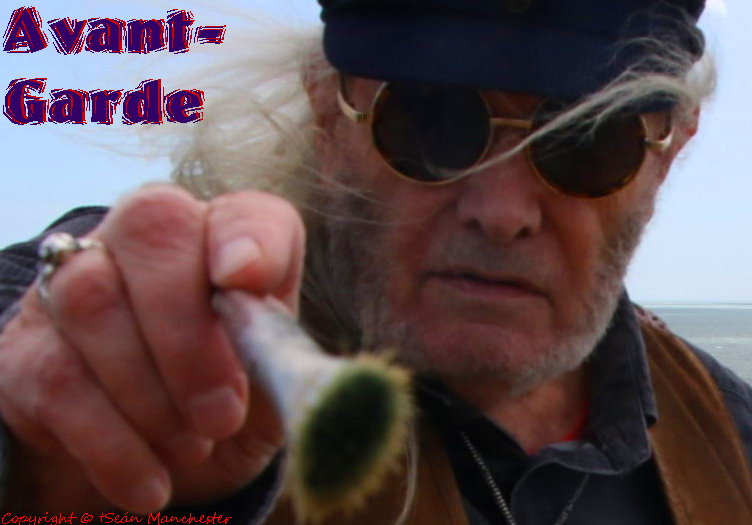Monday 29 July 2019
Tuesday 23 July 2019
Portrait of the Artist (artist: †Seán Manchester)
Gentlemen began to replace the tricorne with the top hat at the end of the 18th century. The invention of the top hat is often erroneously credited to a haberdasher named John Hetherington. Within thirty years top hats had become popular with all social classes, with even workmen wearing them. At that time those worn by members of the upper classes were usually made of felted beaver fur; the generic name "stuff hat" was applied to hats made from various non-fur felts. The hats became part of the uniforms worn by policemen and postmen (to give them the appearance of authority); since these people spent most of their time outdoors, their hats were topped with black oilcloth. Between the latter part of 18th century and the early part of the 19th century, felted beaver fur was slowly replaced by silk "hatter's plush," though the silk topper met with resistance from those who preferred the beaver hat. The 1840s and the 1850s saw it reach its most extreme form, with ever-higher crowns and narrow brims. The stovepipe hat was a variety with mostly straight sides, while one with slightly convex sides was called the "chimney pot." During the 19th century, the top hat developed from a fashion into a symbol of urban respectability, and this was assured when Prince Albert started wearing them in 1850; the rise in popularity of the silk plush top hat possibly led to a decline in beaver hats, sharply reducing the size of the beaver trapping industry in North America. It was observed that an assemblage of "toppers" resembled factory chimneys and thus added to the mood of the industrial era. In England, post-Brummel dandies went in for flared crowns and swooping brims. Their counterparts in France, known as the "Incroyables," wore top hats of such outlandish dimensions that there was no room for them in overcrowded cloakrooms until the invention of the collapsible top hat. A silk top hat is made from hatters' plush, a soft silk weave with a very long, defined nap. Because of the rarity of vintage silk hats, and the expense of modern top hats, the vintage/antique market is very lively, with models in wearable condition typically hard to find. All my toppers are antique and invariably silk. I must confess that I feel more at home in a top hat than any other form of outdoor head wear. Although Eton College has long abandoned the top hat as part of its uniform, top hats are still worn by "Monitors" at Harrow School (attended by Lord Byron) with their Sunday dress uniform. The stovepipe was a type of top hat worn mainly in the 19th century, made of silk or other materials and having a very tall, cylindrical, flat-topped crown. It was the trademark of Isambard Kingdom Brunel (1806-1859), pictured in the photograph below with a cigar.
Monday 8 July 2019
Friday 5 July 2019
Thursday 4 July 2019
Subscribe to:
Posts (Atom)
























